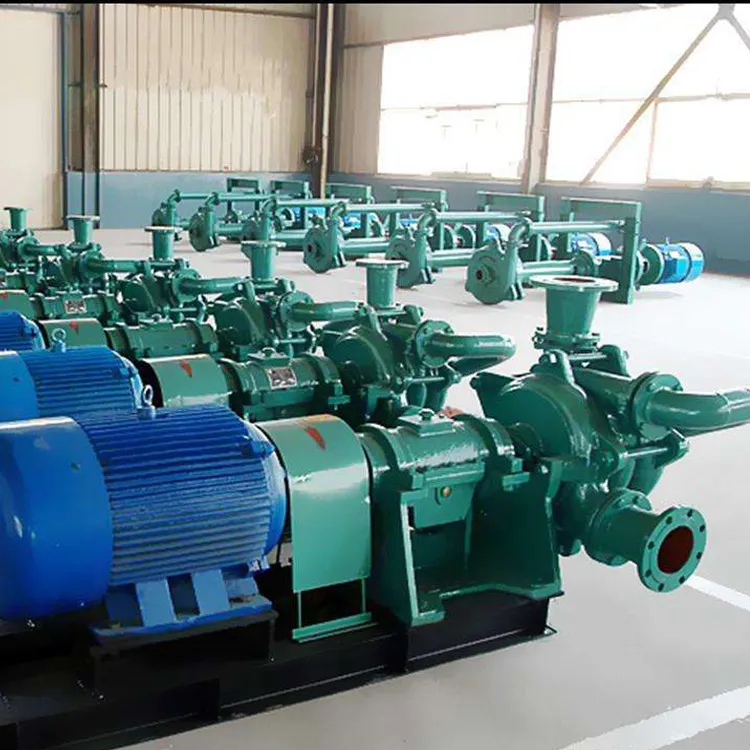Maltese
- Afrikaans
- Albanian
- Amharic
- Arabic
- Armenian
- Azerbaijani
- Basque
- Belarusian
- Bengali
- Bosnian
- Bulgarian
- Catalan
- Cebuano
- Corsican
- Croatian
- Czech
- Danish
- Dutch
- English
- Esperanto
- Estonian
- Finnish
- French
- Frisian
- Galician
- Georgian
- German
- Greek
- Gujarati
- Haitian Creole
- hausa
- hawaiian
- Hebrew
- Hindi
- Miao
- Hungarian
- Icelandic
- igbo
- Indonesian
- irish
- Italian
- Japanese
- Javanese
- Kannada
- kazakh
- Khmer
- Rwandese
- Korean
- Kurdish
- Kyrgyz
- Lao
- Latin
- Latvian
- Lithuanian
- Luxembourgish
- Macedonian
- Malgashi
- Malay
- Malayalam
- Maltese
- Maori
- Marathi
- Mongolian
- Myanmar
- Nepali
- Norwegian
- Norwegian
- Occitan
- Pashto
- Persian
- Polish
- Portuguese
- Punjabi
- Romanian
- Russian
- Samoan
- Scottish Gaelic
- Serbian
- Sesotho
- Shona
- Sindhi
- Sinhala
- Slovak
- Slovenian
- Somali
- Spanish
- Sundanese
- Swahili
- Swedish
- Tagalog
- Tajik
- Tamil
- Tatar
- Telugu
- Thai
- Turkish
- Turkmen
- Ukrainian
- Urdu
- Uighur
- Uzbek
- Vietnamese
- Welsh
- Bantu
- Yiddish
- Yoruba
- Zulu
Telephone: +86 13120555503
Email: frank@cypump.com
Nov . 03, 2024 12:31 Back to list
sewer ejector pumps
Understanding Sewer Ejector Pumps A Comprehensive Overview
Sewer ejector pumps play a vital role in managing wastewater in residential and commercial settings. These specialized pumps are designed to move sewage and wastewater from lower elevations to higher elevation sewer lines, overcoming gravity to ensure proper drainage. Let's dive into the essential aspects of sewer ejector pumps, including their functionality, components, and maintenance.
How Sewer Ejector Pumps Work
Sewer ejector pumps operate by using a combination of mechanical action and hydraulic principles. When wastewater enters the ejector pit, it fills the chamber until it reaches a predetermined level. At this point, the pump activates, drawing the sewage into a grinding mechanism, usually outfitted with sharp blades. This grinding process is crucial, as it reduces larger solids into smaller particles, allowing for easier transport through the plumbing system.
Once the waste is adequately ground, the pump expels it through a discharge pipe that leads to the main sewer line or septic system. The key advantage of this system is its ability to navigate uphill drainage, ensuring that homes and businesses situated below the municipal sewer line can effectively manage their wastewater.
Components of a Sewer Ejector Pump System
A typical sewer ejector pump system consists of several key components
sewer ejector pumps

1. Pump The heart of the system, which may be submersible or pedestal-mounted depending on the application. 2. Ejector Pit A sealed chamber where wastewater collects before being pumped.
3. Float Switch A device that monitors the wastewater level in the ejector pit and activates the pump when necessary. 4. Discharge Pipe The conduit through which the pumped waste is expelled into the sewer system.
5. Check Valve Prevents backflow, ensuring that wastewater does not return to the ejector pit after being pumped out.
Maintenance and Considerations
Regular maintenance is crucial for the longevity and efficiency of sewer ejector pumps. Homeowners are advised to check the pump and components periodically, looking for any signs of wear or blockage. It is essential to keep the ejector pit clear of debris and to avoid flushing items that can clog the system, such as wipes or sanitary products.
In conclusion, sewer ejector pumps are indispensable for effective wastewater management in properties below the main sewer line. Understanding their operation and maintaining them properly can help prevent costly repairs and ensure a reliable drainage system. By investing time in upkeep, property owners can enjoy trouble-free waste disposal for years to come.
-
Reliable Non-Clog Sewage Pumps with GPT-4-Turbo Tech
NewsAug.04,2025
-
High-Performance Air Pumps for Sand & Gravel | Efficient Transport
NewsAug.03,2025
-
ISG Series Vertical Pipeline Pump - Chi Yuan Pumps Co., LTD.|Energy Efficiency, Corrosion Resistance
NewsAug.03,2025
-
ISG Series Pipeline Pump - Chi Yuan Pumps | Energy Efficiency&Compact Design
NewsAug.03,2025
-
ISG Series Vertical Pipeline Pump - Chi Yuan Pumps Co., LTD.|High Efficiency, Low Noise, Durable
NewsAug.02,2025
-
ISG Series Vertical Pipeline Pump - Chi Yuan Pumps | High Efficiency, Low Noise
NewsAug.02,2025










